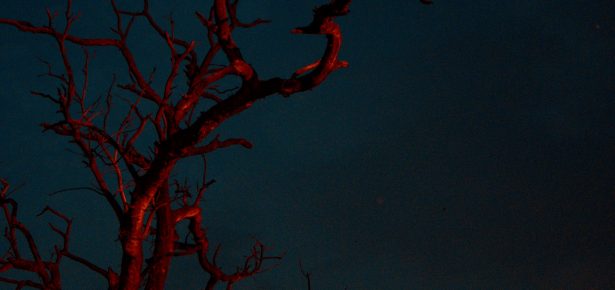
The blurb for our book makes the bold claim that this is the first history of Gothic in the twentieth and twenty-first centuries. This may seem surprising – the study of Gothic literature and film is well established in the academy, and Gothic has been the subject of numerous high-profile exhibitions and cultural events in the UK in recent years, including the British Film Institute’s Gothic: The Dark Heart of Film (2013) and the British Library’s Terror and Wonder: The Gothic Imagination (2014). Gothic is firmly entrenched in the public consciousness, and its contemporary dimensions, from fashion to fiction, routinely recognised – and both celebrated and deplored – in the media.
Despite the apparent ubiquity of Gothic, however, its serious study as a contemporary literary and cultural phenomenon dates back only as far as the 1980s. Until then, Gothic scholarship focused almost entirely on the late eighteenth and early nineteenth centuries. The first wave of Gothic scholars who emerged from the 1920s onwards tended to confine the Gothic novel to the period 1764–1820, and to see anything published subsequent to these dates as a falling off from, or attenuation of, an essentially Romantic-era tradition. The idea that there might be a ‘modern’ or ‘contemporary’ Gothic was sometimes vaguely gestured at in critical references, for example, to popular crime fiction or to the ‘southern Gothic’ of William Faulkner and some of his peers. It did not achieve full recognition, however, until the publication of David Punter’s The Literature of Terror in 1980, a study that established convincingly for the first time a continuous thread from Horace Walpole’s The Castle of Otranto (1764) to Anne Rice’s Interview with the Vampire (1976). It would be another sixteen years before a book would focus solely on contemporary works, Victor Sage and Allan Lloyd Smith’s influential collection of essays, Modern Gothic: A Reader (1996).
The Cambridge History of the Gothic Volume 3 not only takes Gothic cultural products of the twentieth and twenty-first centuries seriously, following in the wake of scholars like Punter, Sage and Lloyd Smith, but also places them in the context of major historical shifts and events, from the invention of cinema and the emergence of literary Modernism to the rise of neoliberalism and the War on Terror. Across twenty-three specially commissioned essays, it demonstrates that Gothic remains closely interdependent with its time, not only reflecting but also contributing to the zeitgeist; that it is a mode in which some of the most pressing political and intellectual ideas of the twentieth and twenty-first centuries are registered, explored and critiqued. Gothic, with its found manuscripts and unreliable narrators, its hauntings and its uncanny returns, has always been a fictional mode peculiarly alert to the difficulties of writing history. Our book’s contribution is to show that this is not confined to a past popularly perceived as ‘historical’ but persists throughout the contemporary era right up to the most recent depictions of environmental crisis or zombie apocalypse. Gothic, the essays in this volume show, tells the history of the present. It is, in the words of Dracula’s Jonathan Harker, ‘up-to-date with a vengeance’.
Latest Comments
Have your say!